1. Enhanced User Experience
- Improved Navigation: A well-structured and intuitive navigation system helps users find what they’re looking for quickly, reducing bounce rates and increasing the likelihood of conversions.
- Mobile Responsiveness: With the increasing use of mobile devices, a responsive design ensures that your website looks and functions well on all screen sizes, catering to a larger audience.
2. Alignment with Target Market
- Modern Aesthetics: A fresh, modern design can appeal directly to your target market’s preferences, making your site more attractive and engaging. Different demographics have different aesthetic preferences, so updating your design to match these can help draw in your desired audience.
- Relevant Content and Messaging: A redesign allows you to refine your content and messaging to better speak to your target market’s needs and pain points, making your value proposition clearer and more compelling.
3. Increased Credibility and Trust
- Professional Appearance: A professional, up-to-date website design conveys credibility and trustworthiness, which are critical for convincing potential customers to do business with you.
- User Reviews and Testimonials: Including prominent, well-designed sections for reviews and testimonials can build trust and show that others have had positive experiences with your business.
4. Better SEO Performance
- Optimized Structure: A redesign allows you to improve your site’s structure and content for search engines, helping you rank higher in search results and attract more organic traffic.
- Faster Load Times: Modern design practices can improve site speed, a crucial factor for user experience and search engine rankings.
5. Increased Conversion Rates
- Clear Calls-to-Action (CTAs): A redesign allows you to place more strategic and visually appealing CTAs, guiding users towards desired actions such as purchasing or signing up for a newsletter.
- Streamlined Checkout Process: A redesign can simplify the checkout process for e-commerce sites, reducing cart abandonment rates and increasing sales.
6. Brand Consistency
- Unified Branding: A redesign can ensure that your website aligns with your overall brand identity, creating a cohesive look and feel that reinforces your brand across all touchpoints.
- Visual Appeal: Consistent use of colors, fonts, and imagery can make your brand more recognizable and memorable to visitors.
7. Increased Engagement
- Interactive Elements: Incorporating interactive elements such as sliders, videos, and animations can make your website more engaging and encourage users to spend more time on it.
- Personalization: Advanced design techniques can enable personalized experiences for visitors, showing them content and products tailored to their interests and behaviors.
8. Competitive Advantage
- Keeping Up with Trends: Regularly updating your website helps you stay competitive in your industry, ensuring your site meets the latest standards and user expectations.
- Showcasing Innovation: A modern, innovative website can position your business as a forward-thinking leader in your field.
Conclusion
In summary, a website redesign is a strategic move that can enhance user experience, align your site with your target market’s preferences, and ultimately drive more traffic and conversions. By focusing on modern design principles and user-centric features, you can create a website that attracts visitors and converts them into loyal customers, significantly boosting your business.

